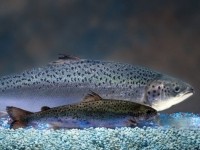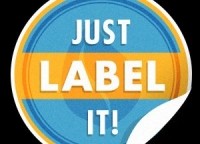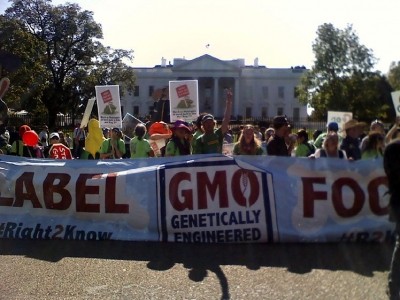Big interview: Cathy Enright, EVP, food & agriculture, Biotechnology Industry Organization
Biotechnology Industry Organization: It’s not too late to change the conversation on GMOs
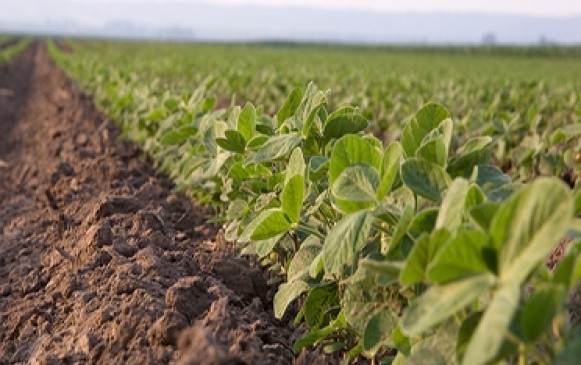
But it’s not too late to change the conversation, Cathy Enright, executive vice president for food & agriculture at the Washington DC-based Biotechnology Industry Organization (BIO), tells FoodNavigator-USA.
“We haven’t spent enough time talking about the technology, the benefits and the products. It’s safe, and it can create a cleaner environment, but we need to do a better job of explaining why.”
After all, consumers are not worried about biotechnology in other areas of their lives, she says. “Take human insulin [injected by millions of diabetics every day], which is genetically engineered, or some cancer drugs. But when it comes to food, people are making emotional not factual arguments.”
There has been a sophisticated and coordinated attempt to create a sense of alarm about GM foods
But if the biotech industry wants to win the argument, it must stop wringing its hands and seize back the initiative, she accepts.
Indeed, by failing to engage positively in the conversation, wherever and whenever it is taking place, the food industry has let the debate be hijacked by a small group of well-organized and media-savvy advocacy groups with connections to the natural and organic industry, which has a vested interest in this debate, she claims.
“They are using social media to scare people into thinking there is a food safety issue. There isn’t. But there has been a sophisticated and coordinated attempt to create a sense of alarm about foods we have been consuming safely for decades.”
If opponents don’t trust Big Food, there are other, independent sources that can provide perspectives
But how can Enright et al address the ‘well you would say that wouldn’t you’ argument? And are there independent commentators that opponents will take seriously, even if they don’t trust ‘Big Food’?

One high-profile example is environmentalist and climatologist Mark Lynas, a vocal opponent of GM crops who made a public apology (click here) in January for years spent “demonizing an important technological option which can be used to benefit the environment”.
Other - admittedly less media-friendly - sources of information Enright points to include published, peer-reviewed reports showing that GM crops have reduced pesticide spraying, decreased the environmental impact of herbicide and insecticide use on these crops, and facilitated a reduction in greenhouse gas emissions from biotech cropping areas, she says. (Click here for the latest data from PG Economics).
As for food safety, every major piece of research into this issue has concluded that GM crops are no more risky than conventional crops - but that no technology - and no food, is risk free, she adds.
The body of evidence

For example, in a major report on ag biotech (click here, p18) in 2010, the European Commission noted: “The main conclusion to be drawn from the efforts of more than 130 research projects, covering a period of more than 25 years of research and involving more than 500 independent research groups, is that biotechnology, and in particular GMOs, are not per se more risky than conventional plant breeding technologies.”
Two years later, the American Association for the Advancement of Science (click here) concluded that “the science is quite clear: crop improvement by the modern molecular techniques of biotechnology is safe”.
The same year, the American Medical Association (which has called for mandatory pre-market safety testing of GE foods) added (click here): “The FDA’s science-based labeling policies do not support special labeling without evidence of material differences between bio-engineered foods and their traditional counterparts. The Council supports this science-based approach.”
The WHO, the Royal Society in London, and the National Academy of Sciences (which points out that all foods, genetically engineered or otherwise, carry potentially hazardous substances or pathogenic microbes and must be assessed to ensure a reasonable degree of safety), all agree.
If you want to know why food biotech is dominated by multinationals, look at AquaBounty's experience and ask yourself how many SMEs can afford to get a slice of the action
As for the argument that biotech is dominated by the big boys, meanwhile, the irony is that opposition to the technology has helped to create a regulatory environment so challenging that only companies the size of Monsanto have the resources to navigate it, observes Enright.
As a case in point, look at AquaBounty Technologies - a small company that has almost bankrupted itself trying to get its genetically engineered salmon to market - she adds.
Regardless of whether you are for or against its GE salmon (which includes a gene from the faster-growing Pacific Chinook salmon enabling them to reach maturity twice as quickly as regular Atlantic salmon), expecting any business to have to wait this long for a regulatory decision is hardly likely to encourage more SMES to take on Monsanto, she observes.
“We have a climate in the US now that is incredibly unfriendly to food biotechnology. Yet we need to dramatically increase the protein supply if we are going to feed everyone by 2050.”
The frustrating thing about AquaBounty’s technology is that it should be embraced by environmentalists as the GM fish can be produced closer to market in the US and also consume less food before reaching maturity, she says.
So how come the message that biotechnology could be better, not worse, for the environment, isn’t getting the air time she thinks its deserves?
Herbicide use
Lots of reasons, says Enright.
When it comes to agriculture, she says, opponents of GM crops have been quite successful at promoting the narrative that they require greater, not fewer inputs, for example.
Data shows that the use of glyphosate (Monsanto’s Roundup herbicide) - which is used on crops genetically engineered to be resistant to it so farmers can kill weeds without killing their crops - has gone up.
But this is not because farmers are having to spray more per acre, but because the number of farmers using it has increased, claims Enright. Meanwhile, insecticide use has dropped almost 9% since biotech crops were first planted, she alleges.
On a more practical level, if it were true that farmers are having to use more and more herbicide or other costly inputs when farming GM crops, or that yields are in fact lower than in conventional or organic agriculture, they just wouldn’t plant them, she argues.
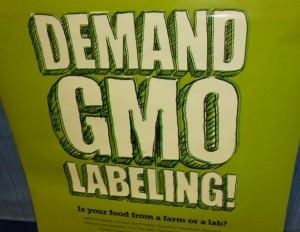
And if you are going to use any herbicide on your crops, glyphosate is a good choice because it “breaks down to inert compounds fast and stays in the soil, and does not leech into groundwater”, she claims.
“And because of the adoption of no-till agricultural technique, it also helps keep nitrogen and phosphorus in the soil, while carbon sequestration can also increase.”
Meanwhile, innovative new oilseed crops engineered to contain the kind of omega-3 fatty acids found in fish promise significant environmental as well as nutritional benefits, she says.
But if the anti-biotech lobby gets its way, these new products (plus a host of others including potatoes engineered to form less acrylamide when fried and high-oleic soybean oils with less saturated fat) will be rejected by consumers before they even get to market, she adds.
GMO labeling: Between a rock and a hard place
But where does BIO stand on GMO labeling?
Will any form of labeling automatically reinforce the perception that there is something ‘wrong’ with GMOs, or is the refusal to label them a bigger PR problem in that it is making consumers think food manufacturers must have something to hide?
Enright admits that the food industry is stuck between a rock and a hard place on this issue, but says it would be “unprecedented” if Congress were to mandate that foods produced using a technology with a proven track record of safety should be forced to carry some kind of warning label.
“We are not saying that people don’t have the right to know what’s in their food, but mandatory GMO labeling ‘prominently displayed’, as is proposed, is not informing people, it’s scaring people.
"It’s saying these foods are different, unhealthy or unsafe, and that is just not true.”
